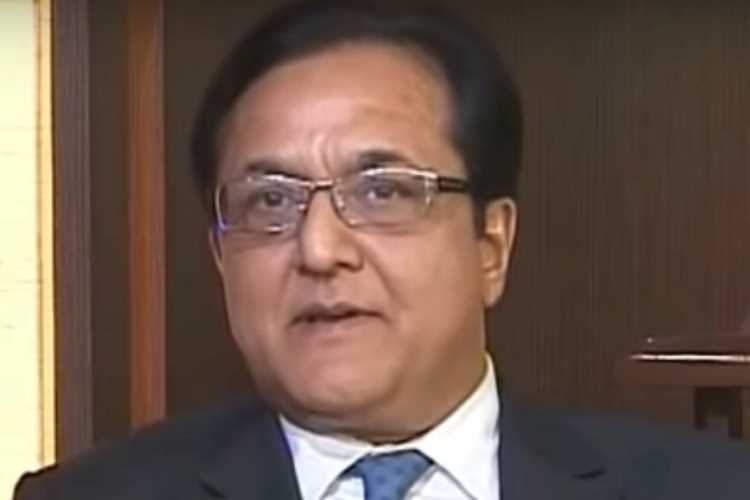
By Naliniprava Tripathy, Sushant Sant & Ayush Dharnidharka
The Yes Bank crisis could not have come at a worse time for the Indian economy. The last six months saw the country facing crisis after crisis. The economy that was under the grip of a slowdown was hit by anti-CAA protests, Delhi violence and the new coronavirus (Covid-19) outbreak.
Yes Bank reported stressed assets worth Rs 29,594 crore and a loss of Rs 18,564 crore in the December quarter. India’s fourth largest private bank has non-performing assets amounting to a fifth of its total assets. Suspicion of severe governance malpractices had led to the removal of Rana Kapoor as the managing director and chief executive of the bank last year. While the action was taken much before the crisis, the bank was under the needle of suspicion for years.
READ: Yes Bank crisis: RBI should order forensic audit of bonds issued by all banks
The government took control of Yes Bank to prevent its collapse that could have threatened the stability of the banking sector. The government announced a draft plan to infuse Rs 11,200 crore by State Bank of India and eight other lenders to bail out the bank. CEO Ravneet Gill was removed and the board was reconstituted. The announcement saw a 1,000% rally of the bank’s scrip from its lifetime low of Rs 5.65 per share to Rs 60 on March 18, 2020. The bank resumed all operations after 6 pm on March 18, removing the cap on withdrawals.
The bank assured that all stressed assets had been fully recognized in the financial statements and it had enough funds to take care of its daily transactions. Finance minister Nirmala Sitharaman had already assured that the money of people with Yes Bank was safe. Due to the developments described above, Moody’s has changed the bank’s economic outlook from negative to positive.
READ: IMF identifies three action areas to mitigate economic fallout of coronavirus outbreak
The crisis showed that there are serious administrative lapses in the banking sector. Though banking regulator RBI was monitoring the situation at Yes Bank since 2017, it translated into firm action only after a year when bank’s founder Rana Kapoor was forced out. There was no further action until 2020 when the government and the RBI prepared a rescue plan. The steps taken underpin the government’s commitment not to allow any bank fail. The signal that has gone into the banking system is that banks can take high level of risk to grow their business and maximise profits without any fear. They are assured of a bailout at taxpayers’ expense if they fail. The government cannot allow one of the largest banks to fail, but bailing out a failed bank using a PSU bank’s money is not a done thing. Yes Bank crisis was India’s second bank scare in less than six months after the meltdown at the PMC Bank.
Another takeaway from this episode is that the competitors are, in essence, bailing out a failed bank. While on one side, they will be earning a profit from the rise in share price, it is not their job to bail out a competitor that grew taking risky decisions. Of course, these banks did not make suo motu decision to bail out Yes Bank, but were forced to do so due to compulsions.
All this point to a severe lapse in banking regulation that allowed Rana Kapoor to sell his entire stake in the bank when it was facing a crisis. The regulatory regime needs urgent changes to fix such problems. Proper checks and balances need to be deployed to prevent such incidents in the future. Stricter norms should be brought in to ensure that banks follow reporting obligations to the spirit.
READ: The tale of two cities: Two Kerala models for waste management
The government has recapitalized public sector banks with Rs 3.5 lakh crore in the last eight years. These banks are still not out of the woods and the lessons are not learnt. The Yes Bank crisis demonstrates the need for stringent supervision, shorter tenures for bank CEOs, separation of ownership and control by capping promoter holdings, and constant vigilance by the central bank, rating agencies, auditors and investors.
While there is no panic in banks or a loss of confidence in the system, the government should be concerned about the increasing vulnerability of the key players in the financial system. Consider these facts: In the past year and a half, two banks and a non-bank lender almost went bankrupt. India has not faced any significant financial system panic for decades due to the nationalisation of banks and the deft management by the RBI. All this can change if people stop trusting banks with their money.
Private banks in India have become too big to fail. A flareup in the financial market and the interconnectedness of players can lead to mass meltdowns if things are not quickly brought under control.
(Naliniprava Tripathy teaches finance at IIM Shillong. Sushant Sant and Ayush Dharnidharka are final year PGP students.)
Naliniprava Tripathy is an Indian economist based in Shillong. She teaches finance at IIM Shillong.

